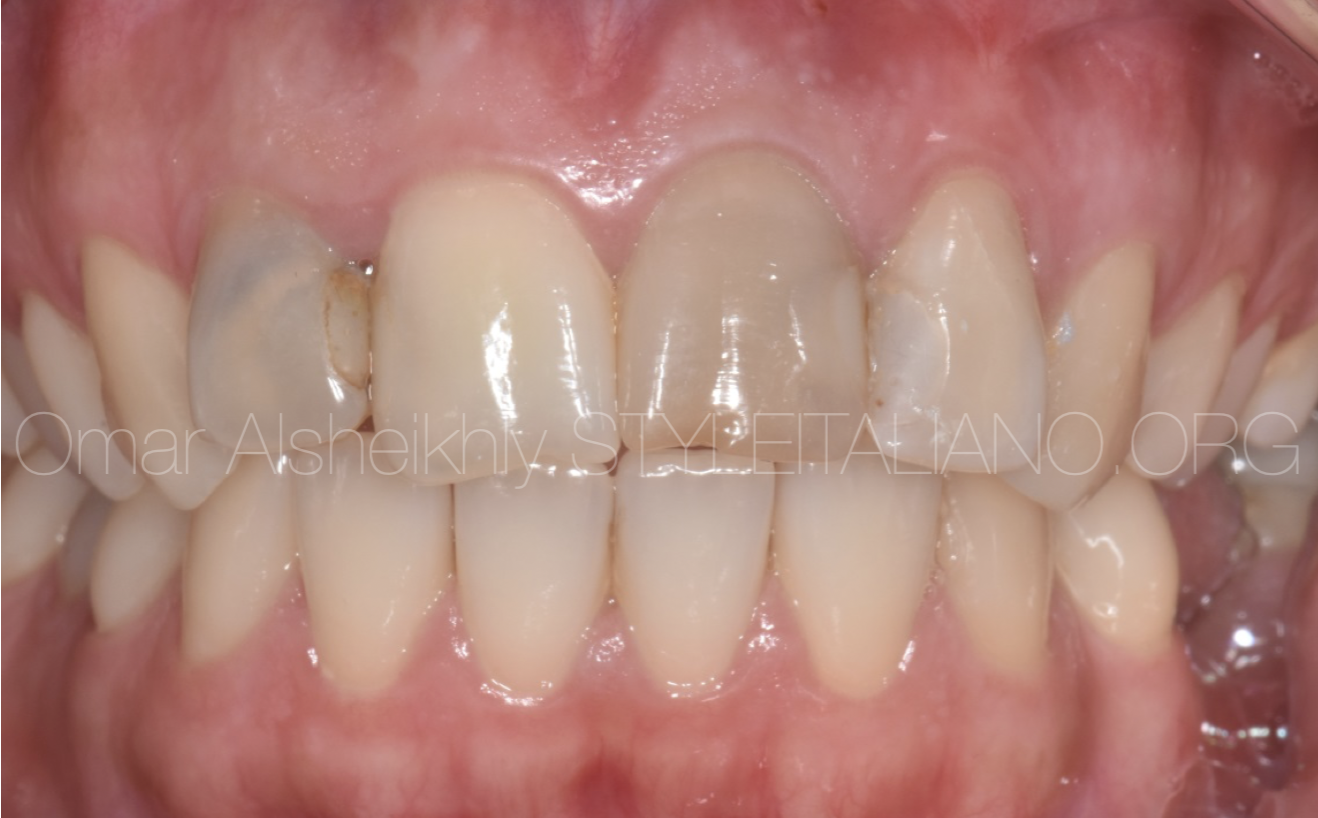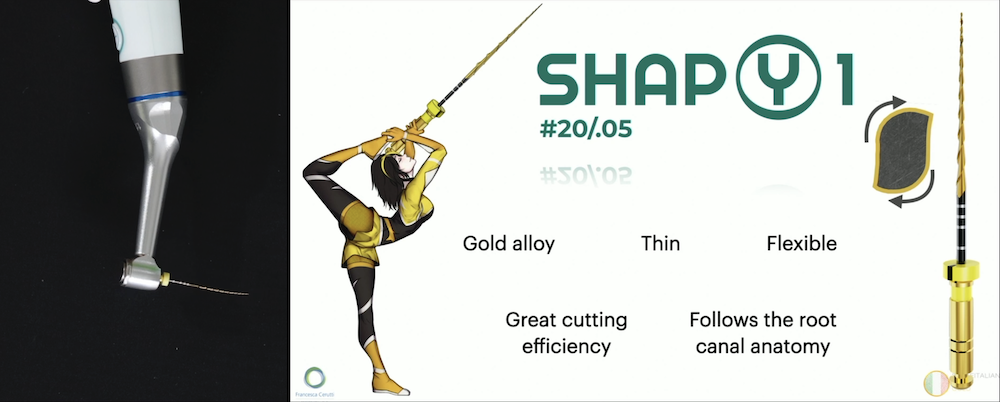This article clarifies how to to bend gutta-percha cone and preserve this bending even if the temperature of the body can straighten the master cone in deep apical splitting of the canals.
 Bending preservation of gutta-percha in lower first premolar with 3 canals
Bending preservation of gutta-percha in lower first premolar with 3 canals
This article clarifies how to to bend gutta-percha cone and preserve this bending even if the temperature of the body can straighten the master cone in deep apical splitting of the canals.
 Management of separated instruments in different location
Management of separated instruments in different location
Separation of nickel-titanium instrument during root canal treatment can cause serious complications that may lead to treatment failure. It prevents complete cleaning and filling of the entire root canal space. […]
 Essential kit: for majority of the cases
Essential kit: for majority of the cases
Root canal preparation has been considered the most important step in Endodontic therapy for dentin removal. It is a challenge for even the most experienced Endodontist to achieve optimum cleaning […]
 Intracanal aspiration, an useful tool
Intracanal aspiration, an useful tool
During a root canal treatment, sometimes we need to remove liquids from the canals, for example during the irrigation procedure, in cases with abundant drainage o before to dry the canals with paper points.
The use of a microcanula connected to the equipment could help us to aspirate inside the canals.
This can be useful even to remove materials from root canal.
 Treatment of an invasive external resorption
Treatment of an invasive external resorption
To treat correctly external resorptions it is essential to know how to correctly diagnose them.
 The so called “bioceramics”… Easy to place, less easy to remove!
The so called “bioceramics”… Easy to place, less easy to remove!
Calcium silicate based cements have many positive features, however they can be difficult to remove if a retreatment is necessary.
 Four canals maxillary second molars
Four canals maxillary second molars
Maxillary molars have one of the most complex root canal anatomies. It is very important for this reason to correctly understand the anatomy before starting endodontic therapy. Correct planning starting from the diagnostic evaluation through the aid of x-rays and CBCT (if necessary) will allow the clinician to formulate a correct endodontic treatment plan and a correct choice of materials and equipment during the access cavity and cleaning and shaping and obturation steps.
 Orthodontic Extrusion For proper Endodontic therapy
Orthodontic Extrusion For proper Endodontic therapy
The major problem with sub-gingival fracture is absence of adequate coronal ferrule and a compromised biological width. This usually complicates the application of the rubber dam during endodontic treatment. The […]
 Deep split in lower first premolar
Deep split in lower first premolar
Mandibular first premolar usually have a one root and one root canal but it shows a wide variety of abnormal root canal anatomy.
The occurrence of three canaled mandibular first premolar with deep apical split is very rare, but it does occur.
The incidence of a three-canaled mandibular first premolar is approximately 0.2%, making such teeth most difficult to manage endodontically.
 MTA apical plug and internal bleaching for Upper Central Incisor
MTA apical plug and internal bleaching for Upper Central Incisor
MTA (Mineral Trioxide Aggregate) apical plug is a technique used in endodontic treatment to create a barrier at the apex of the tooth. This innovative solution has revolutionized endodontics by […]
 Endodontic microsurgery sometimes is the only way
Endodontic microsurgery sometimes is the only way
Apical microsurgery is a powerful tool that can help when good ortograde endodontics fails.
 ReTreaty: the unboxing
ReTreaty: the unboxing
Let's get a closer look to the ReTreaty kit by Perfect Endo with Francesca Cerutti